Mapping Of Galactic Bar In The Milky Way By Gaia
Eddie Gonzales Jr. – MessageToEagle.com – Researchers created a map of the bar-shaped collection of stars at the center of our Milky Way galaxy, by combining ESA’s Gaia mission’s second data release (DR2) with complementary observations by ground- and space-based telescopes, the catalog
The unprecedented catalog contains the brightness, positions, distance indicators and motions across the sky for more than one billion stars in our Milky Way galaxy, along with information about other celestial bodies.
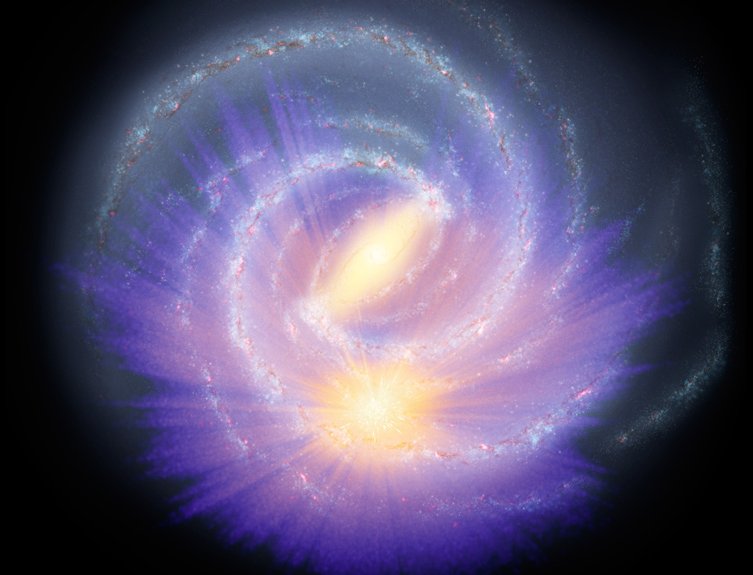 Display of Gaia data combined with other surveys and StarHorse code over an illustration of the Milky Way. A bar structure is clearly visible in the middle. Credit: NASA/JPL-Caltech/R. Hurt; Starhorse Overlay: A. Khalatyan
Display of Gaia data combined with other surveys and StarHorse code over an illustration of the Milky Way. A bar structure is clearly visible in the middle. Credit: NASA/JPL-Caltech/R. Hurt; Starhorse Overlay: A. Khalatyan
“We looked in particular at two of the stellar parameters contained in the Gaia data: the surface temperature of stars and the ‘extinction’, which is basically a measure of how much dust there is between us and the stars, obscuring their light and making it appear redder,” Friedrich Anders ICCUB member and lead author of the new study, conducted by researchers from the Institute of Science Cosmos of the University of Barcelona and from the Leibniz Institute for Astrophysics Potsdam (Germany), said in a press release.
“These two parameters are interconnected, but we can estimate them independently by adding extra information obtained by peering through the dust with infrared observations.”
“With the second Gaia data release, we could probe a radius around the Sun of about 6500 light years, but with our new catalogue, we can extend this ‘Gaia sphere’ by three or four times, reaching out to the centre of the Milky Way,” explains co-author Cristina Chiappini from Leibniz Institute for Astrophysics Potsdam, Germany, where the project was coordinated.
At the center of our galaxy, the data clearly reveals a large, elongated feature in the three-dimensional distribution of stars: the galactic bar.
“We know the Milky Way has a bar, like other barred spiral galaxies, but so far we only had indirect indications from the motions of stars and gas, or from star counts in infrared surveys. This is the first time that we see the galactic bar in three-dimensional space, based on geometric measurements of stellar distances,” says Friedrich Anders.
“Ultimately, we are interested in galactic archaeology: we want to reconstruct how the Milky Way formed and evolved, and to do so we have to understand the history of each and every one of its components,” adds Cristina Chiappini.
Written by Eddie Gonzales Jr. – MessageToEagle.com Staff
Related Posts
-
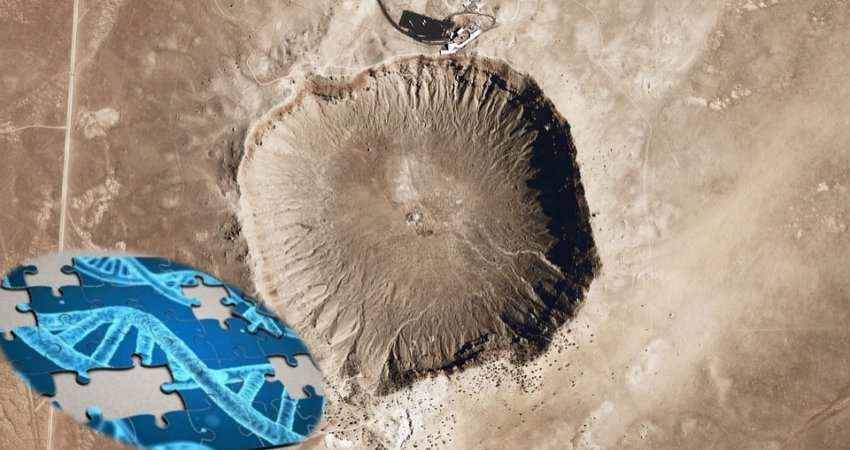 Meteorite Impact Craters May Solve The Cradle Of Life Mystery
No Comments | Sep 9, 2020
Meteorite Impact Craters May Solve The Cradle Of Life Mystery
No Comments | Sep 9, 2020 -
 UCR Astronomers Have Identified 121 Giant Planets That May Harbor Life
No Comments | May 31, 2018
UCR Astronomers Have Identified 121 Giant Planets That May Harbor Life
No Comments | May 31, 2018 -
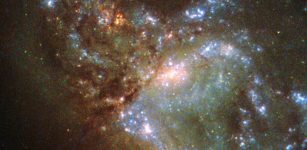 Hubble Presents: Galaxy NGC 6052 Located In The Constellation Of Hercules
No Comments | Dec 29, 2015
Hubble Presents: Galaxy NGC 6052 Located In The Constellation Of Hercules
No Comments | Dec 29, 2015 -
 Have Puzzling Fast Radio Bursts Solved The Mystery Of Universe’s Missing Matter?
No Comments | Jun 1, 2020
Have Puzzling Fast Radio Bursts Solved The Mystery Of Universe’s Missing Matter?
No Comments | Jun 1, 2020 -
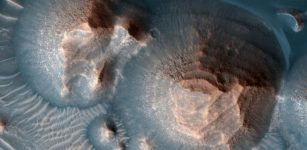 Thousands Of Massive, Ancient Volcanic Eruptions On Mars – Confirmed
No Comments | Sep 16, 2021
Thousands Of Massive, Ancient Volcanic Eruptions On Mars – Confirmed
No Comments | Sep 16, 2021 -
 Star Survives Close Encounter With A Black Hole
No Comments | Apr 26, 2020
Star Survives Close Encounter With A Black Hole
No Comments | Apr 26, 2020 -
 X-Ray Emissions From Black Hole Jets Vary And Challenge Leading Model Of Particle Acceleration
No Comments | May 30, 2023
X-Ray Emissions From Black Hole Jets Vary And Challenge Leading Model Of Particle Acceleration
No Comments | May 30, 2023 -
 Could A Twin Earth Detect Earth? What Does Earth Look Like To The Rest Of The Galaxy?
No Comments | Feb 4, 2025
Could A Twin Earth Detect Earth? What Does Earth Look Like To The Rest Of The Galaxy?
No Comments | Feb 4, 2025 -
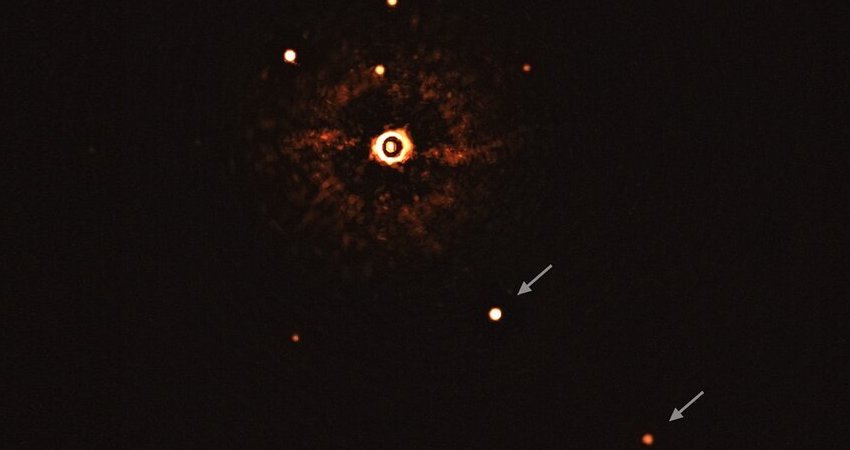 First-Ever Image Of A Sun-Like Star Accompanied By Two Exoplanets – Captured
No Comments | Jul 28, 2020
First-Ever Image Of A Sun-Like Star Accompanied By Two Exoplanets – Captured
No Comments | Jul 28, 2020 -
 Ten New Gravitational Waves Found In LIGO-Virgo’s O3a Data
No Comments | Apr 8, 2022
Ten New Gravitational Waves Found In LIGO-Virgo’s O3a Data
No Comments | Apr 8, 2022
